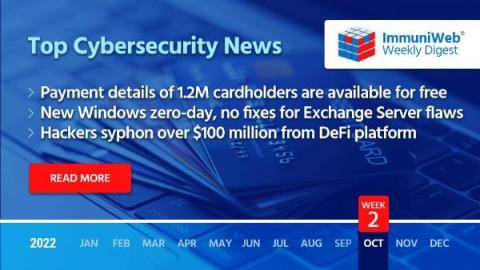Top 10 Data Breaches of 2022 (So Far...)
As we are in the midst of the October Cybersecurity Awareness Month of 2022, all of us need to be more cautious than ever regarding the risks surrounding an increasingly complex and lethal cyber threat landscape. Appknox takes this opportunity to join forces with cybersecurity champions and stakeholders to raise awareness about mobile app security. Our aim is to empower everyone to protect their personal data from cybercrime.











